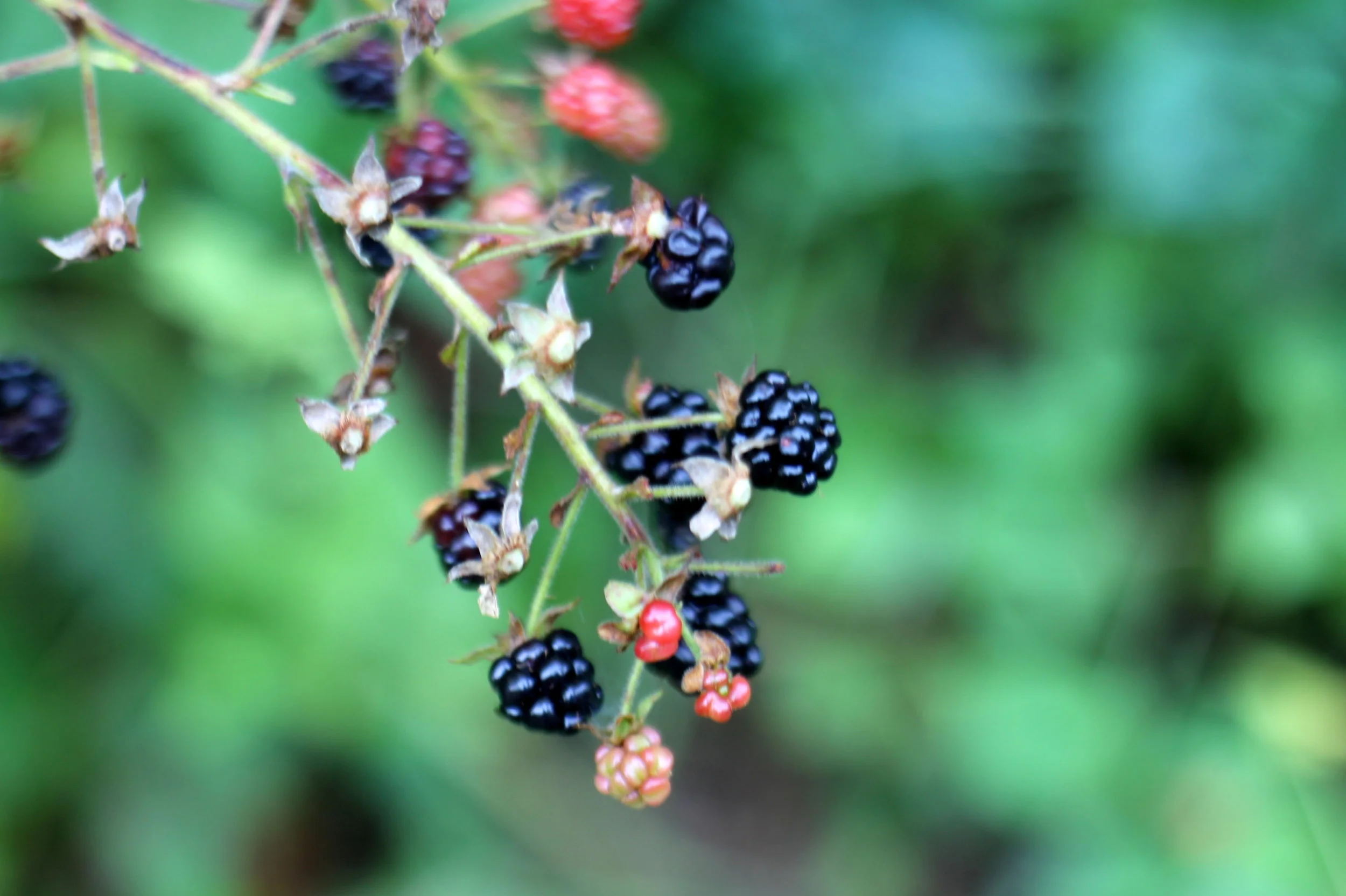The Walker area is home to great sources of wild yeast that we brewers can use to make complex and the most historic styles of beer. Most places have similar sources, hosts, and strain similarities, but for now I want to focus on Minnesota.
Spontaneous fermentation is the root of all things alcohol. Brewers for thousands of years fermented alcohol from sweet fruits and vegetables, and without their knowledge. These food sources not only included nutrients needed for the people's nutrition and survival, but held an unknown secret that would produce an imbibing liquid if left to spoil.
Today we know a lot more about fermentation however, and why it's either a good or bad idea to use things like wild yeast (most breweries stay far away from the stuff because it's so volatile). But for the fact that this has been practiced for thousands of years and produces some very complex beers, we want to show you two ways of extracting your next strain from the great outdoors.
The first process is the most old school way of leaving and spontaneously fermenting some sugary liquid. Most simply, brew a small batch of 1.040 gravity wort (sweet liquid produced before fermentation is started), put it into something sanitized, cover the top with milk cloth, and allow it to sit outside overnight. Try to find an area with good vegetation such as a garden. As the beer cools, yeast and microbes found in the air will settle into the liquid and start the next phase of fermentation.
Always remember that the fail safe in these experiments is the gift of fermentation and pasteurization. Once the wort morphs into alcohol, pasteurization will start to occur, killing off any unwarranted buddies. Of the microbes you hope to find, lactobacillus and brettanomyces are common.
The second process, and one we use at Portage takes yeast directly from a host (rather than leaving the wort out in the open). It's far more simple, only requiring a piece of wild fruit, flower, or deciduous tree bark to get started. Once found, we submerge that host into a mini batch of wort (50 mLs worth) and follow the same process to fermentation. This process minimizes exposure to the air and encourages a better fermentation with a limited sample.
With either process, be sure to smell the finished to leftover beer before doing anything with it. If yeast is present, smells of fruit and funk should be noticed. If the smell check passes, scale the culture at a one to ten rate (50 mL container of yeast > to 500 mL > to 5000 mL > etc.).
With this yeast, beer styles such as farmhouse Belgians, labics, mixed fermentation sours, hybrid ale styles like pale ales and IPA are possible, and should produce higher attenuated and more complex beers. See below for a step by step on gather yeast from a host, rather than the air.
- Purchase a few 50 Ml centrifuge tubes
- Visit your local homebrew store and pick-up some dry malt extract
- Sanitize the centrifuge tubes by filling them with pasteurized water (heat to 180+ degrees)
- Seal tubes and leave water inside until day of harvest
- On day of harvest, create a small wort on your stove (500 Mls or so with an original gravity of 1.030-1.040) with the extract you bought.
- Boil it for 10 minutes, then cool to room temperature, leave until day of harvest
- Look for good yeast sources such as wild berries, flowers, sweet vegetables, or deciduous tree bark
- As clean as possible, remove the water from the centrifuge tubes and place the source inside
- Add cooled wort to cover the source, removing any subjects floating to prevent mold (sanitize your hands or an object to remove)
- Seal and shake tubes well to aerate and wait 2 to 3 weeks for fermentation to complete
- Remove cap and smell the sample (*be careful there will be CO2 pressure)
- If sample smells good, cool and decanter the liquid for a taste, leaving the white powder at the bottom (that's the yeast you want)
- If taste is good, you have yourself a scaleable culture and it is ready to propagate for a beer or cider
Feel free to email us at hello@portagebeer.com with any questions that you have.
Oh ahead,
Portage Brewing Team




